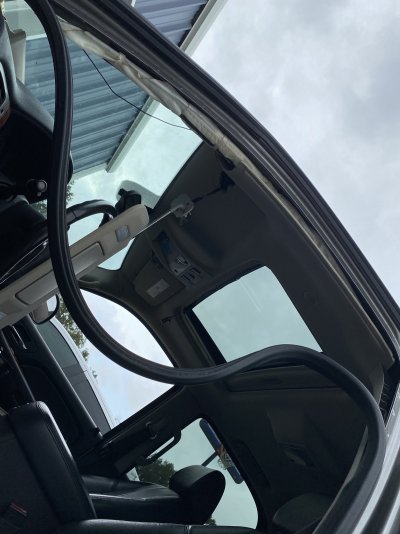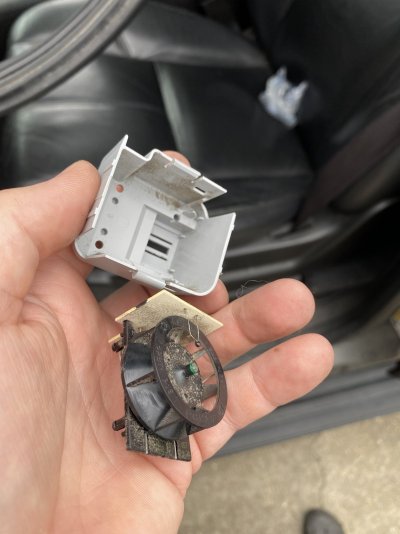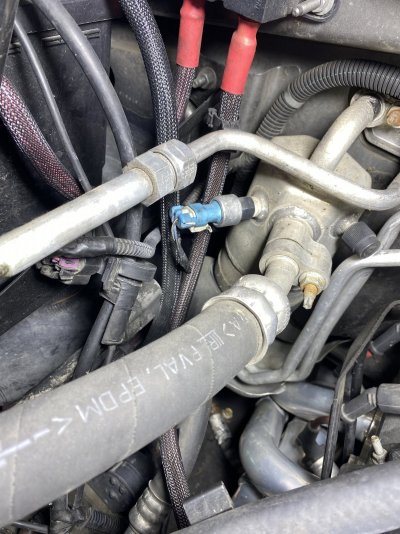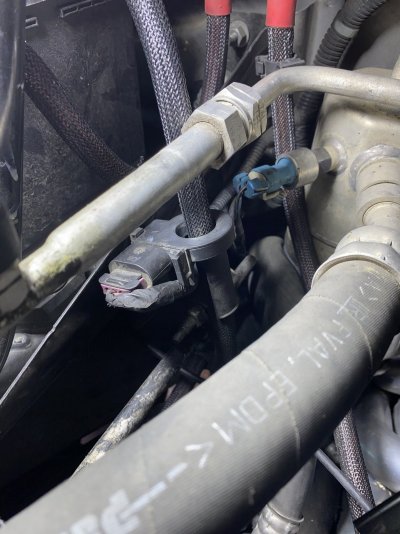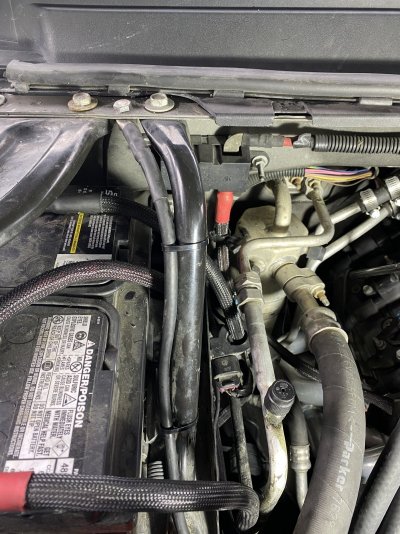According to that chart, the K&N has a much better micron rating. I didn't even notice this when I was focused on finding a no-bypass or high-psi bypass filter.
How easily and/or often does a filter go into bypass? How small of particle is still okay to circulate through the engine?
BTW, according to the labels, the K&N HP-2011 filters I was using were made in USA.
K&N used to be a California based made in the USA California based company, but has since outsourced some of their products to Mexico and China. However, I think it might just be their motorcycle filters.
Wix was purchased by a Germany company and has only one plant left in the US. Like the others, they may label themselves as made in the USA, BUT that’s not entirely true, or not the case at all with some of them.
So the question still stands…Wix, Mobil 1 or K&N? Given the fact that none of us run dirty oil or let our filters get that clogged, the Mobil 1 filter is a beefier build than the Wix.
Word. OVER-changing oil will never pose an engine problem and will always be cheaper than damage caused by not changing frequently enough.
I bet that…I could run my used oil…it could be put right back into the engine with no loss of protection.
I have a friend with a diesel who would do just that. He would take my 3,000 mile full synthetic Mobil 1 oil that I just drained, clean it (hardly) and then run it in his Ford.
Like you guys, I am a stickler for changing my oil and filter. Every 3,000 miles even with the newer engines/oils recommending 5k, I still stick with the “old method”.



